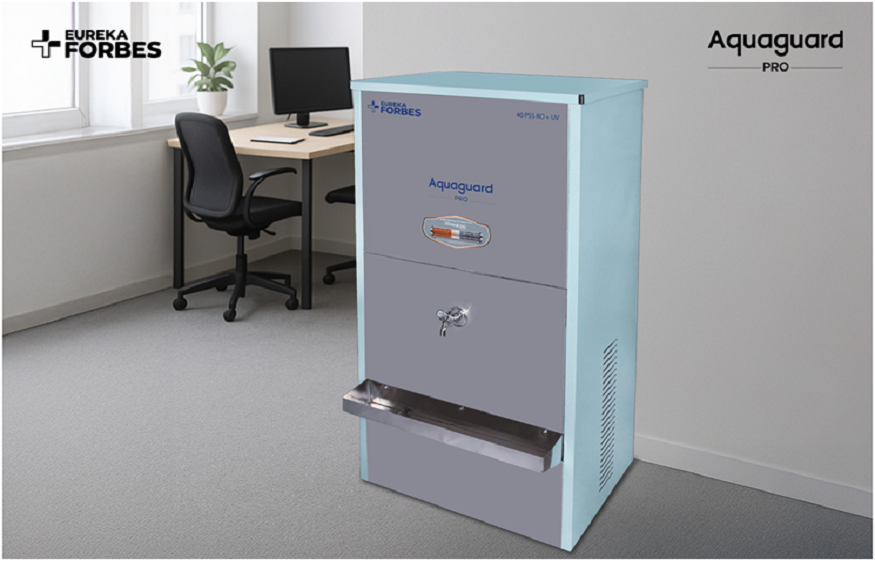The way companies create and take care of their IT infrastructure is changing in a big manner. The best IT conferences of this year have shown us the best ways to infrastructure modernisation—ways that strike a balance between security, innovation, and efficiency.
The advice given by industry experts on cloud-native architectures and AI-driven automation gives companies a plan on how to remain competitive. Here’s a look at the most important infrastructure modernisation techniques that were spoken about at recent IT conferences.
Cloud-Native is No Longer an Option
The march to cloud-native architectures has gone from being a fad to being necessary. Companies are no longer only moving workloads to the cloud; they are also revamping apps to take full advantage of the cloud’s scalability, resilience, and flexibility.
Microservices, containers, and serverless computing were the main topics of conversation, and experts stressed the need of having a well-designed framework. The main goal was to prevent frequent mistakes like sprawl and going over budget by using FinOps concepts early on in the shift.
The message was obvious for organisations that still use monolithic systems: if you want to keep up, you need to modernise without using cloud-native concepts.
AI and Automation Are the Main Focus
AI is not just making apps better; it is also changing the way infrastructure is maintained. Automation technologies powered by AI can now do things like predictive maintenance, real-time optimisation, and even fix themselves.
Presenters showed out AIOps systems that find problems before they affect operations, which cuts down on downtime. Another important point? Automation isn’t only about making things run more smoothly; it’s also about giving IT personnel more time to work on big-picture projects instead of putting out fires.
The general opinion is that AI-powered infrastructure is no longer a nice-to-have but a way to stand out from the competition.
Hybrid and Multi-Cloud Strategies Become Better
The argument over single-cloud vs. multi-cloud is finished. Now, hybrid systems are the norm. But now the talk has changed from adoption to optimisation.
Experts stressed how important it is for technologies to work together so that workloads may move easily across clouds. Security is still a primary priority, and zero-trust architectures are being expanded to include multi-cloud deployments.
What do you need to know? A good hybrid approach isn’t only about being flexible; it’s also about being strong and not being stuck with a provider.
Edge Computing Becomes Common
Edge computing is no longer something that people are trying out; it’s an important part of current infrastructure. Businesses are using edge technologies to lower latency and boost performance, from IoT to real-time analytics.
But there are still problems, especially with security and administration. Speakers at the it infrastructure conference stressed the need of edge-native security frameworks and centralised orchestration tools for keeping track of things in dispersed contexts.
Edge computing isn’t simply an option for businesses like manufacturing and healthcare; it’s a game-changer.
Infrastructure-as-Code (IaC) Becomes the Norm
Setting up infrastructure by hand is becoming less common. Infrastructure-as-Code (IaC) came up a lot, with experts talking about how it can help with consistency, speed, and scalability.
Demos showed how IaC cuts down on mistakes made by people and speeds up deployment times. Another popular subject was the emergence of AI-assisted IaC, where tools offer ways to make things better.
What did the jury say? Companies that don’t use IaC risk having their infrastructure management be less efficient and more inconsistent.
Security Moves Left in Infrastructure Design
Security is no longer an afterthought; it’s being built into the infrastructure lifecycle from the very beginning. This “shift-left” method makes sure that issues are fixed before they become expensive ones.
There was a lot of talk about Zero Trust Architecture (ZTA) and how to apply it to workloads and data as well as networks. It was made clear that encryption, identity management, and constant surveillance were not up for discussion.
What did you learn? Infrastructure in the modern world has to be safe from the start, not as an afterthought.
Observability Takes the Role of Traditional Monitoring
Just having logs and analytics isn’t enough. It was a big trend to be able to see everything in a full-stack way, linking data from applications, networks, and infrastructure.
Vendors showed off solutions that provide actionable information, going from fixing problems after they happen to fixing them before they happen. What is the goal? Full visibility that lets IT workers fix issues before users see them.
What did you learn? Observability is now the benchmark for keeping infrastructure running well.
Kubernetes and Containerisation Change
Kubernetes has won the orchestration battle, but now the goal is to make it easier to use. The talks were mostly on technologies for automatically scaling, cutting costs, and enforcing security policies.
Serverless Kubernetes, which automatically scales clusters down to zero when they aren’t being used, is becoming more popular as a method to save costs. What does it mean? Kubernetes is here to stay, but the next step is to get it ready for businesses.
Geting Ready for Post-Quantum Cryptography
There is no longer a question of whether quantum computers will break encryption. Experts told businesses to start getting ready for post-quantum cryptography (PQC) right now.
Early users are already testing quantum-resistant algorithms, even if PQC standards are still being developed. The change will be hard, but beginning early is important for keeping security up to date.
What does it all mean? Companies that are ahead of the curve are making quantum preparedness a top concern.
Conclusion
It’s not enough to merely keep up with the times; you also have to remain ahead. The plans that were revealed at this year’s conferences show that agility, security, and sustainability are going to be very important in the future.
Companies that accept these changes will not only survive, but they will also do well in a world that is becoming more digital. The issue is: Are you ready to rethink your infrastructure?













